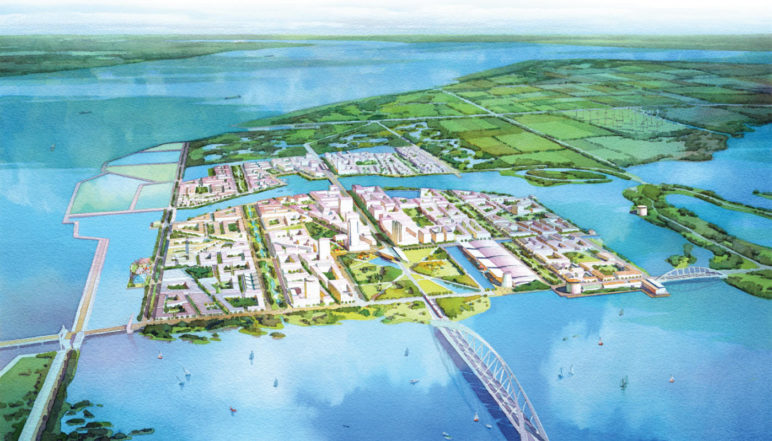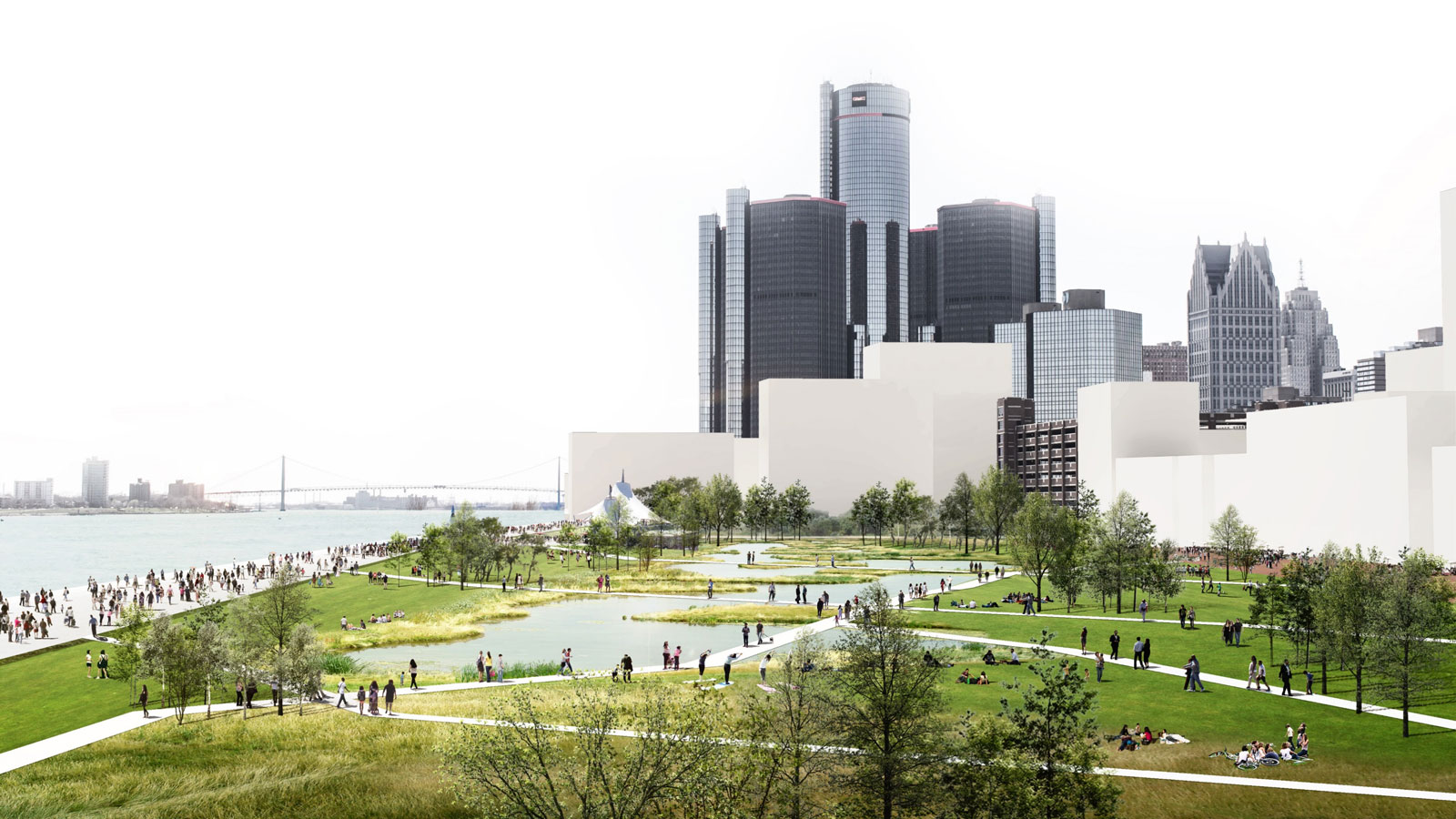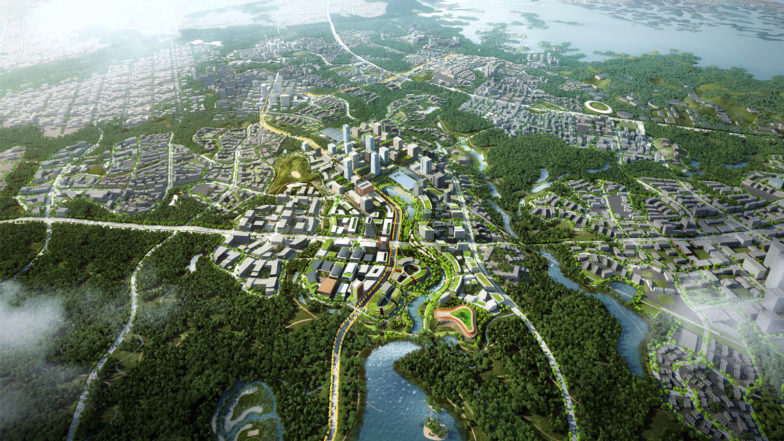
Today’s cities face two primary challenges:
- A growing global population with a greater percentage living in urban rather than rural settings for the first time in history, and
- An evolving climate that places greater pressure on cities both in terms of weather and in terms of food, energy, and other supplies.

That’s why it’s more important than ever before to provide real perspective of existing problems that cities face when considering future development and how technology and new design approaches can solve them.
To explore these concepts, we have collaborated with noted architect and urbanist Peter Ellis to host our first Cities conference in an ongoing series on the topic of how cities are designed, constructed, and maintained. During the conference, leaders from Skidmore, Owings, and Merrill; Arup; Heitman Architects; The Metropolitan Planning Council; City Digital; and the Illinois Medical District among others will explore approaches to urban planning, using real-life case studies as points of context.
Compounding problems
Cities that once were a model for others around the world have since fallen behind. Many cities are facing fundamental problems that must be addressed before others —economic disparity, lack of employment, violence, poverty, and decaying infrastructure — can be broached.
Because of this, it becomes difficult to look at the specific problems that can be addressed when projects range in scale and are required to be delivered during a concrete timeframe. This is particularly troublesome if entrenched stakeholders exist that lobby for their particular problem to be addressed over others.
As a result, many in the position to effect the future of cities look to building new cities from scratch in which problems have yet to begin and where all of the various functions and technologies can be integrated during design and construction.

Designing all future cities from scratch, however, is not an option as existing cities continue to expand at exponential rates.
Cities are now, more than ever, deeply interconnected by infrastructure (roadways, canals, airports, and communications systems), people (migrants workers, business leaders, project managers, and other professional services), energy (mineral resources, water, and power plants), and ecology (agriculture, weather, and the broader environment).

Although cities have always been connected to the rural surroundings that supply them with food or to suburbs housing those who work in central cities, it is becoming increasingly the case that cities as far apart as Paris and Bangalore are connected by diversely located families, migrant workers, consultants, technology maintained across continents, and broader supply chains (something we learned on our recent trip to Paris + Bangalore!). In this sense, the fates of particular localities are deeply tied to how a wide range of global networks function.
Such interconnectedness only further complicates the situation and makes it difficult to reduce problems facing cities to a single set of issues that can be acted upon. The “bigness of the situation” also has concrete implications for how we think about financing cities and the relationship between local and global financing sources.
Some cities and planners, however, are more successful at addressing these challenges than others. Many of these approaches include a strong reliance on data to both understand a particular problem as well as offer a solution, a careful investigation of the ecology of the particular city in order to create site specific solutions, heavy investment in infrastructure that will make an ecological lifestyle sustainable, investment in closed loop energy and waste systems, and exploration of innovative financing methods to support the construction of cities.
All of these approaches share a careful examination of the particular conditions rather than a one-size fits all approach that might have been more characteristic of high modernism. In this sense, they evidence a move away from idealized solutions heavy on beautiful designs and towards approaches focused on operational success.
This common framework as well as the details of the projects that will be presented at the conference, however, is unfortunately the exception rather than the rule. With this in mind, it is essential to tell the story of these projects to as wide an audience as possible in order to shape a broader narrative of how the transformation of our cities will occur.

Driving necessary conversations
At the Cities conference, we will consider the interaction between data and ecology, digital master planning, the role that supply chains will play in the future of the city, how new approaches to mobility will help drive the next generation of cities, and how large landholders are approaching the redevelopment of massive amounts of vacant land from a financial, legal, and political perspective.
In each case, we will look at the specific groups that have the political and economic standing to support new development. In doing so, we will consider why private developers, rather than municipalities, are capable of embarking on new developments that use advanced approaches to city design, technology, construction, and operation.
By bringing a wider range of people, companies, clients, and cities into the conversation, we hope to drive genuine innovation in how cities are designed, built, and maintained so that we can all live in a more sustainable world.


Discussion
Be the first to leave a comment.
You must be a member of the BuiltWorlds community to join the discussion.